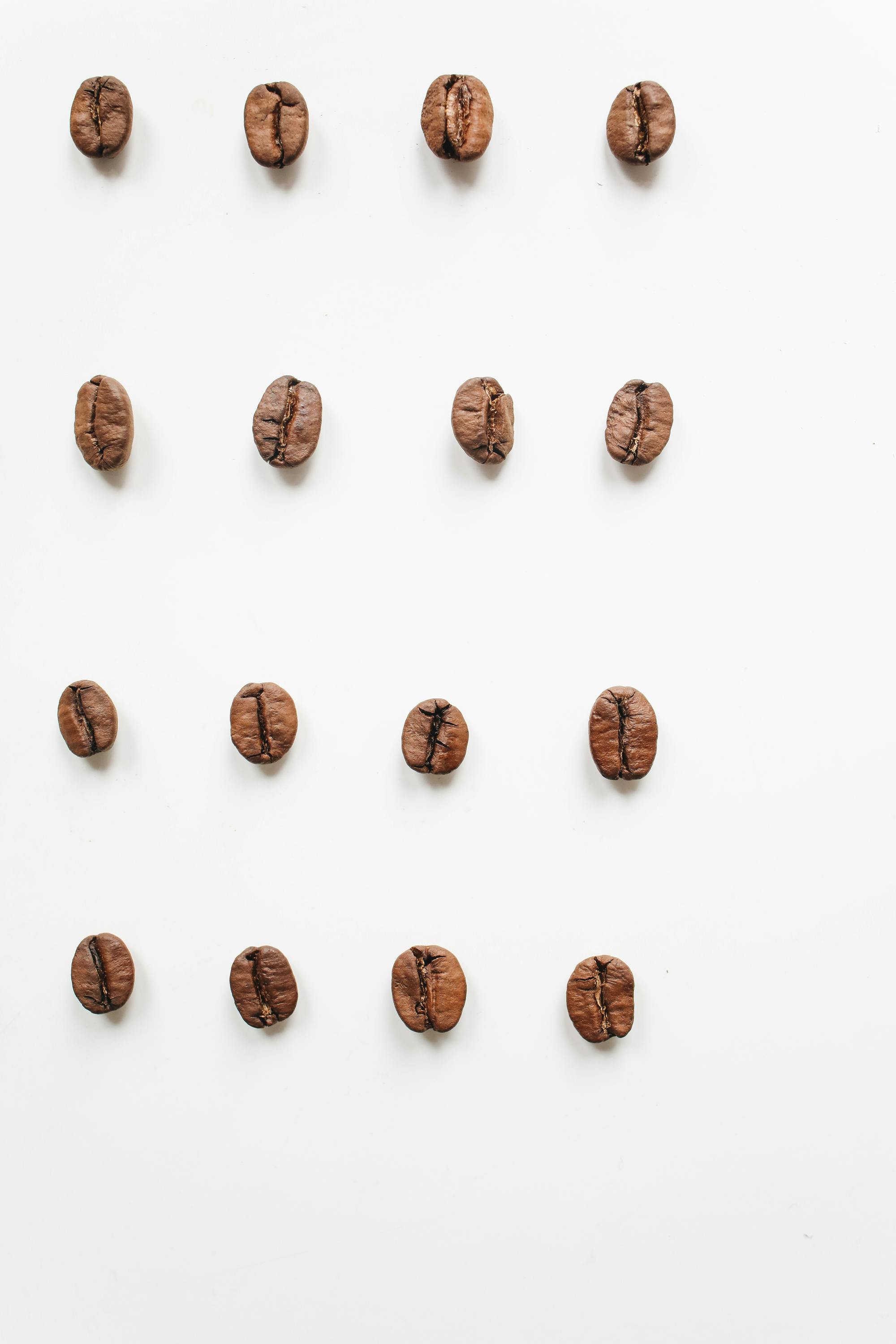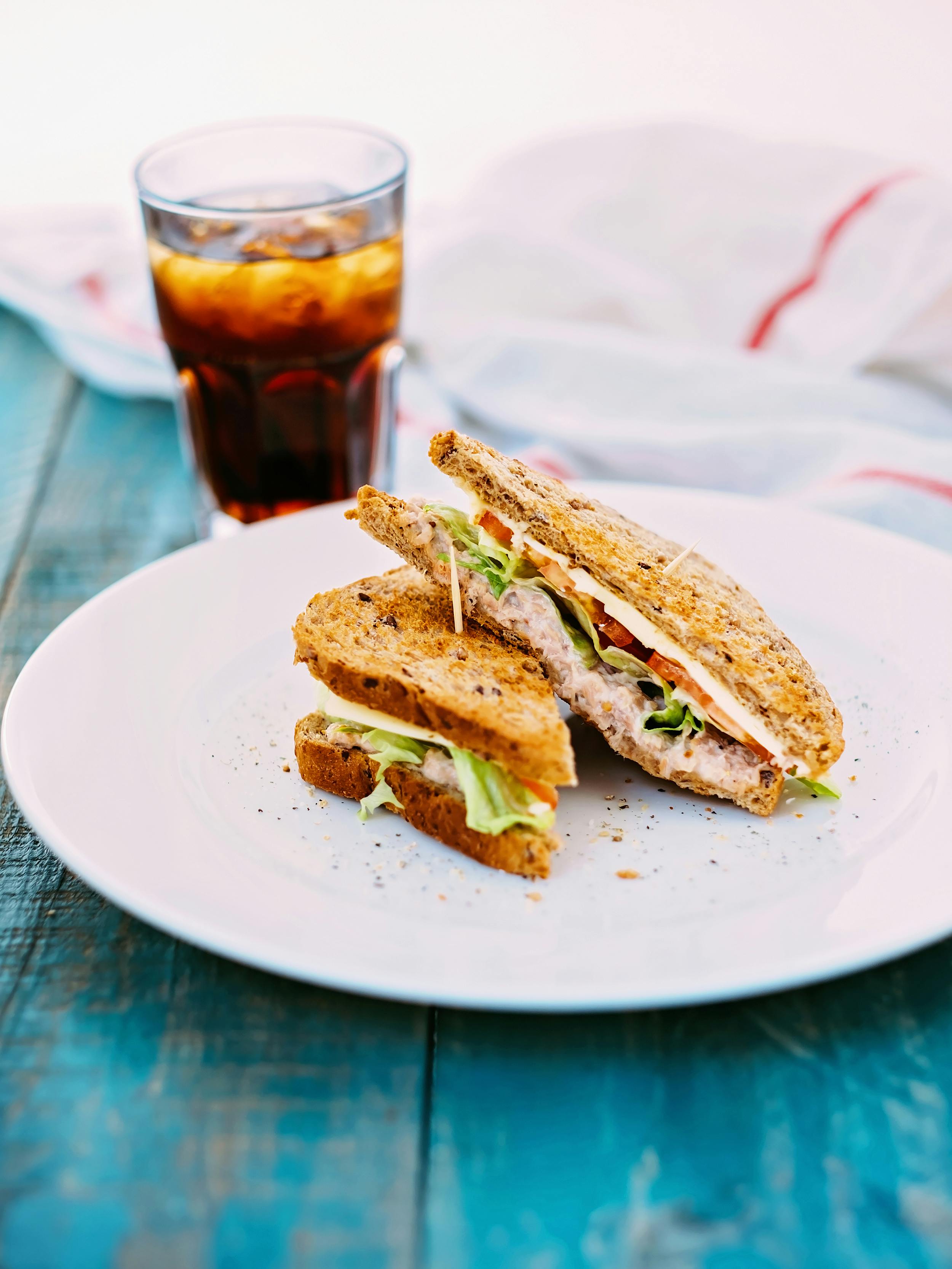
Smart Strategies for a Heart-Healthy Diet Post-Heart Attack
After experiencing a heart attack and undergoing stent placement in 2025, adapting your diet plays a crucial role in your recovery and overall well-being. Transitioning to a heart-healthy diet is not just about avoiding unhealthy foods; it's about embracing a nutritious lifestyle that promotes cardiovascular health. This article will provide you with practical meal planning strategies focusing on low-sodium recipes, fiber-rich meals, and nutrient-rich snacks, all tailored to your specific needs as you recover.
The benefits of a post-heart attack diet extend beyond immediate physical health, enhancing your emotional well-being and quality of life. By prioritizing foods that lower cholesterol and reduce inflammation, you're making strides towards heart disease prevention. Additionally, incorporating a variety of fruits and vegetables, lean proteins, and whole grains sets a solid foundation for lasting health.
Throughout this guide, you will discover optimal dietary practices post-stent, how to enjoy delightful meals while managing your heart health effectively, and practical tips for meal prep, hydration, and portion control. Each section will elucidate on different aspects of heart-healthy eating, allowing you to create a balanced and enjoyable approach to your diet.
Let's explore the essential components of a heart-healthy diet that facilitate recovery and long-term cardiovascular health.
Essential Components of a Post-Heart Attack Diet
Building a heart-healthy diet requires an understanding of essential nutrients and food groups that support recovery. Incorporating foods that support cardiovascular health is pivotal. In this section, we will examine key components, including omega-3 fatty acids, lean proteins, and whole grains that are vital for a stent diet plan.
Understanding Omega-3 Fatty Acids
Omega-3 fatty acids play a critical role in heart health, particularly after a heart attack. Found in sources such as fatty fish, flaxseed, chia seeds, and walnuts, these healthy fats can help lower triglycerides, reduce blood pressure, and prevent blood clotting. Including a portion of omega-3-rich foods several times a week can significantly improve heart function and overall well-being.
Consider incorporating meals such as grilled salmon with quinoa and a side of roasted vegetables or a chia seed pudding for breakfast. Both options deliver a hearty dose of omega-3s alongside other beneficial nutrients that promote heart health. As you plan your meals, be mindful of the variety of sources available, ensuring you're not just relying on one type.
Lean Proteins for Recovery
Choosing lean proteins is essential for maintaining muscle mass and repairing tissues post-surgery. Lean meats such as chicken, turkey, and fish are excellent choices. Plant-based protein sources like beans, lentils, and tofu are also great alternatives that align well with a heart-healthy diet. These options are not only low in saturated fat but also rich in fiber, which aids in cholesterol management.
Experimenting with recipes can make meal preparation enjoyable. For instance, preparing a lentil soup garnished with fresh herbs provides a satisfying meal while reinforcing heart health. Remember to avoid fried or processed proteins that can be detrimental to your recovery journey.
The Importance of Whole Grains
Whole grains, such as brown rice, whole wheat bread, and oats, are integral to a heart-healthy diet due to their high fiber content. Dietary fiber has numerous health benefits, including lowering cholesterol levels and improving digestion. It also helps in maintaining steady energy levels, which is beneficial when managing an active recovery.
Ensure that your meals feature whole grains prominently. For example, a hearty barley salad mixed with chopped vegetables and a refreshing vinaigrette can be a perfect side to your grilled chicken. The added fiber keeps you feeling fuller for longer and supports heart health effectively.
Meal Planning Tips for a Stent Diet
Effective meal planning can significantly enhance your ability to stick to a heart-healthy diet. In this section, we will explore practical meal preparation strategies, portion sizes, and the importance of reading food labels to help you maintain a nutritious diet.
Smart Meal Prep Ideas
Meal prepping is a valuable strategy that saves time and ensures you always have healthy options available. Dedicate a day each week to preparing meals in advance, focusing on recipes that balance protein, fiber, and healthy fats. For example, batch-cooking a vegetable stir-fry along with brown rice can provide quick and nutritious meals throughout the week.
Consider investing in reusable containers to portion out meals for easy grab-and-go options. Including a variety of snacks, such as vegetable sticks with hummus or fruit mixed with yogurt, can maintain energy levels and prevent unhealthy snacking.
Understanding Portion Sizes and Control
Portion control is vital in managing calorie intake and ensuring balanced meals. Familiarize yourself with appropriate serving sizes for different food groups, as this practice can help prevent overeating. Utilizing measuring cups or digital kitchen scales can be particularly helpful when you're just starting to adjust your diet.
Employ techniques such as using smaller plates or bowls to create the illusion of fuller servings without exceeding necessary calorie intake. This mindful approach keeps portions in check while reassuring you don’t feel deprived of any meal.
Reading Food Labels Effectively
Understanding how to read food labels is critical in navigating grocery shopping, especially post-heart attack. Look for key nutritional information such as total fat, cholesterol, sodium, and fiber content. Aim to choose products with less sodium and saturated fats while maximizing fiber intake.
Opt for nutrient-dense foods that fit within your overall dietary restrictions and objectives. Paying attention to serving sizes indicated on the labels can also help you manage your portion sizes effectively.
Healthy Recipes to Incorporate into Your Diet
Incorporating a variety of heart-healthy recipes can help keep meals enjoyable while supporting your recovery. In this section, we'll share delicious low-sodium recipes, as well as provide recipe modifications to suit your preferences.
Delicious Low-Sodium Recipes
Low-sodium recipes don’t have to compromise flavor. Experiment with herbs and spices to enhance the taste without adding salt. A flavorful option is a Mediterranean quinoa salad, featuring tomatoes, cucumber, olives, and a zesty lemon dressing. This nutrient-packed meal combines fiber-rich grains with colorful vegetables, ideal for cardiovascular health.
Another simple recipe is homemade vegetable soup, simmered with a variety of seasonal veggies and spices, perfect for a light yet filling meal. Embracing such flavorful meals encourages you to enjoy your food while sticking to your dietary guidelines.
Recipe Modifications for Heart Health
Making small modifications to your favorite recipes can make them heart-friendly. For instance, if you love baking, consider using applesauce or mashed bananas in place of oil or butter in recipes. These alternatives maintain moisture while reducing unhealthy fats.
Additionally, experimenting with whole grain alternatives can enhance the nutritional profile of dishes. Substituting white pasta with whole grain or lentil-based pasta is an easy tweak that adds fiber without sacrificing taste.
Enhancing Snacks with Healthy Fats
Snacking smartly is essential for maintaining energy levels throughout the day. Choosing heart-healthy snacks that include healthy fats such as avocados or nuts not only satisfies hunger but also promotes cardiovascular health. Consider making a snack of whole-grain crackers topped with smashed avocado and a sprinkle of red pepper flakes for a delicious treat.
Another option is blended smoothies featuring berries, spinach, and a tablespoon of flaxseed, offering antioxidants and omega-3s in one delicious package. Preparing snacks in advance can keep you on track while preventing temptation from unhealthy choices.

Hydration Tips and Heart Health
Staying hydrated is often overlooked in heart health discussions. Proper hydration contributes to optimal cardiovascular function, so it’s essential to incorporate hydration tips in your diet plan. This section explores how to maintain hydration effectively as part of your recovery journey.
The Importance of Water Intake
Water plays a crucial role in maintaining bodily functions, supporting heart health. It assists in regulating blood pressure and enables better nutrient transportation throughout the body. Aim to drink at least 8-10 glasses of water daily, adjusting as necessary based on activity levels and climate conditions.
Tracking your water intake can help ensure you meet your hydration goals. Utilizing apps or tracking bottles can provide reminders to drink regularly, reinforcing a hydration habit.
Alternative Hydration Sources
In addition to plain water, many foods can contribute to your hydration goals. Incorporating fruits and vegetables with high water content, such as cucumbers, tomatoes, and citrus fruits, can aid hydration while providing valuable nutrients. Smoothies made with leafy greens and fruits can also serve as an excellent hydration source while aligning with your heart-healthy goals.
Opting for herbal teas or infused water can add variety to your hydration routine without added sugars or calories. Chilling herbal teas and sipping them over ice can offer a refreshing hydration option.
Mindful Hydration and Total Well-Being
Mindful hydration goes hand-in-hand with overall well-being. Pay attention to your body’s signals; if you're feeling fatigued or lightheaded, make it a practice to check your fluid intake. Staying attuned to your hydration needs fosters a holistic approach to heart health, reinforcing your commitment to a healthier lifestyle.

Final Thoughts on Diet and Heart Health
Optimizing your diet following a heart attack and stent placement is a life-changing journey that requires dedication and informed choices. By prioritizing heart-healthy foods, understanding portion control, and embracing nutritious recipes, you can effectively support your cardiovascular health. Remember that small, gradual changes can lead to profound results over time.
Be proactive in engaging with support groups, local resources, and heart rehabilitation programs to navigate this new dietary landscape. By seeking help and educating yourself, you pave the way for a sustainable heart-healthy lifestyle that truly enhances your quality of life.
Each choice you make, from grocery shopping to mindful meal preparation, contributes to your long-term heart health. As you transition into this new dietary phase, embrace the journey of discovering flavors, developing skills, and enjoying meals that nurture your heart while making life enjoyable and fulfilling.